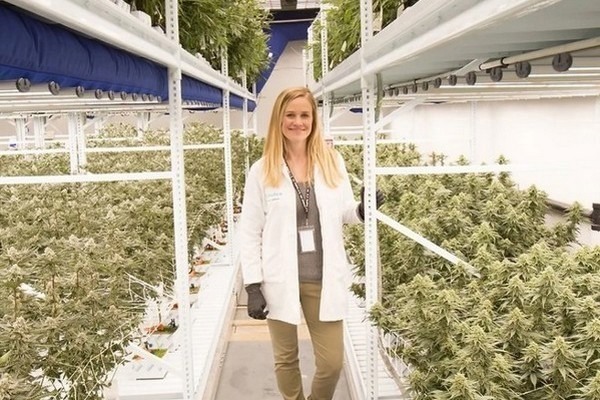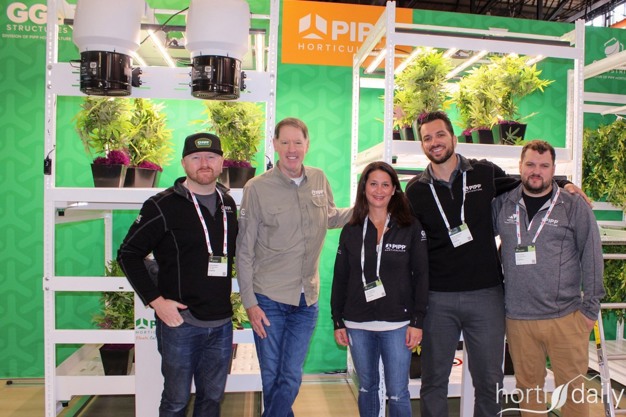Pipp Horticulture has teamed up with Dr. Allison Justice, owner and founder of the Cannabis Research Coalition and The Hemp Mine, to create The Research Center.
This center consists of three R&D growth chambers and a drying room built at The Hemp Mine's headquarters. The rooms will be used to conduct various research trials, with the first one testing the effects of different air velocities on cannabis sativa yields, photosynthesis, and quality.
"In this collaboration, we took part of the indoor grow, completely revamped it, and made 4 identical rooms," Dr. Allison Justice explains. "Three for growing and one for drying."

The grow rooms have been designed and engineered for precision control of all growth parameters to promote reliable data collection for validation of the experiments. One grow room will act as a control for the experiments, while the other two will be testing various airflow treatments. All the grow rooms will be operating simultaneously with plants of the same age, which will then be harvested at the same time and loaded into the drying room. Once in the drying room, optimal air velocities for the drying and curing of cannabis will also be studied. Dr. Justice and her team on site will be responsible for the cultivation of the plants and the collection of all data points.
"What we want to understand is cannabis physiology. More importantly, we want to understand air velocity and how air movement is important to this plant," Dr. Justice points out.
A large majority of cannabis sativa is grown indoors due to regulations, yield potential, product quality, and the ability to control environmental parameters. Researchers have investigated many aspects of controlled environment agriculture (CEA) with cannabis, including lighting, nutrition, etc. One facet that has yet to be investigated, specifically for cannabis, is air velocity. Suboptimal air velocity can alter gas diffusion within the leaf boundary layer and heat exchange between the leaves and the environment. This has the potential to decrease photosynthesis and transpiration which, in turn, can decrease yield and quality along with making the plant more susceptible to pests and pathogens. This study will investigate the effect of different air velocities on cannabis sativa yield, photosynthesis, and quality. Furthermore, this study aims to quantify the optimal air velocities for each growth phase (i.e., propagation, vegetative, flowering, and drying) under varying light intensities and different directionality (sub vs supra canopy).
 The Pipp Horticulture team: Anders Peterson, Craig Umans, Lisa LaFemina, Michael Williamson, and Del Rockwell.
The Pipp Horticulture team: Anders Peterson, Craig Umans, Lisa LaFemina, Michael Williamson, and Del Rockwell.
"We know air movement is important because these plants have to breathe. We have to refresh the environment for humidity and temperature purposes. But how much is too much? How much is too little? And what effects are we giving not only to the plants' growth, but also those trichomes that we find so important?"
"I want to thank all of our sponsors. Pipp Horticulture of course, but then all of those sponsors who have been so gracious to donate bags, fertilizers, and pieces we need to really push cannabis science forward. We thank you and we hope we honor you by getting this information out back to the growers and help all of our metrics increase, making everything profitable and more safe for the consumers," she concludes.
For more information:
Pipp Horticulture
[email protected]
www.pipphorticulture.com
Cannabis Research Coalition
www.cannabisrc.org
